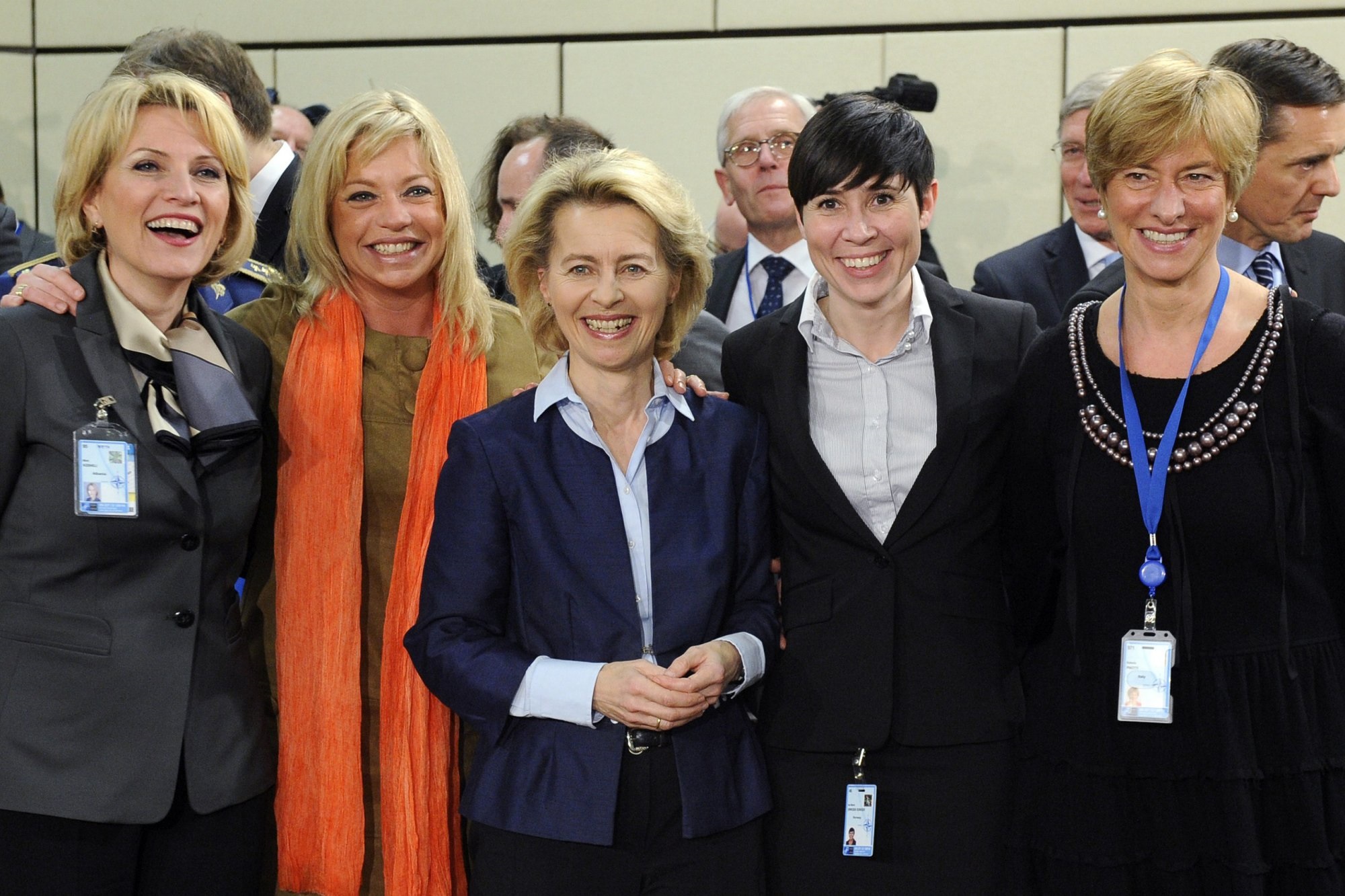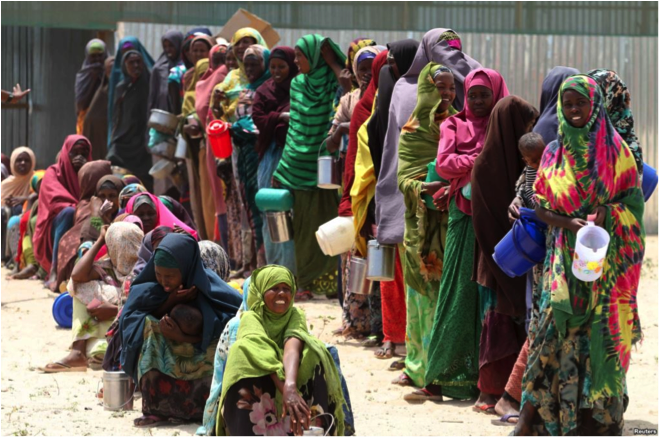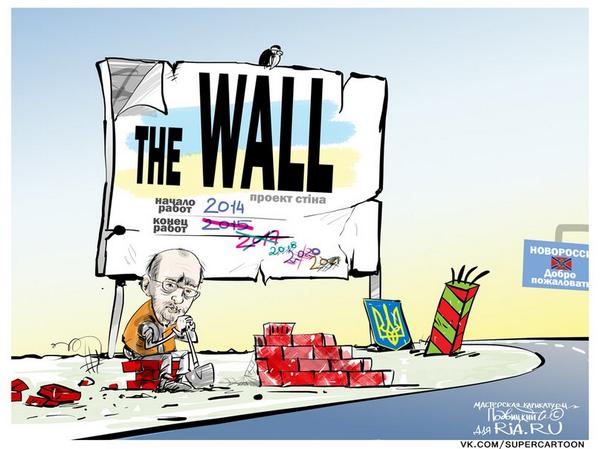
The debate surrounding women’s role in military affairs is a relatively recent one, and yet the controversy it stirs up belies its age. While it has been examined from all angles, it has mainly been dominated by considerations of gender equality, and on the flip side of the coin, concerns about practicality.
This article is based on the undeniable premise that women have been largely excluded from warfare in its purest form, with a few exceptions such as Joan of Arc, Gaddafi’s personal all-female security detail, and Queen Boudicca of the British Iceni tribe. Of course, women have been instrumental in a number of conflicts throughout history. Take Britain during the Second World War as an example, where without its female population’s efforts, the nation simply would not have been able to mobilise its economy for the purpose of total war, and would not have lasted very long at all in the struggle. In fact, laws were altered so that women between the ages of 18 and 60 could be conscripted, although they were not allowed to bear arms. A few isolated instances aside, women have by and large been limited to non-combat roles. The exception have often been in response to an immediate threat posed to the continued wellbeing or existence of their nation, as evidenced by the formation of all-female Kurdish brigades as a response to the Islamic State’s activities and the Syrian Civil War. In other words, desperation is all too likely to lead to the forsaking of perceived gender roles, and when all is said and done, an untrained female recruit has just as much capability, or lack thereof, as an untrained male one, brute physicality aside.
We can gauge a country’s trend towards egalitarianism in the military quite accurately nowadays. A nation in which women have more or less equal access to the same number of military roles as men do is an undeniably progressive one – at the very least at the military level. For this to hold true, it would have to be so in times of relative peace and stability on the home front, not in times of security crises.
Obviously there is a caveat to the idea of a direct link between the number of women in the military and a country’s propensity for egalitarianism – only a handful of countries allow women to take part in combat roles in the infantry. As strange a measure of a society’s egalitarian tendencies as women’s presence on the front line may seem, the latter is more likely to indicate equity in society than any other aspect of women’s involvement in the military. It is no coincidence that 19 of the 22 countries which grant women access to the frontline are considered to be functioning democracies. In any event, one would be forgiven for assuming that a relative degree of equal opportunity in the armed forces would translate to the same thing at the level of politics, in this case in defence ministries. Yet, it would unfortunately and undoubtedly surprise very few to learn that of the 160 countries with a defence ministry, 92.5% of these are headed by men. This equates to as few as 12 female Ministers of Defence.
The trend has been for women to be more and more present in politics. Ten years ago, 14.2% of all ministers the world over were women; that figure now stands at 17.7%, having increased incrementally from year to year. As such, a portfolio as important as defence will only have witnessed similarly piecemeal improvements from a female representation perspective. Indeed, the highest number recorded for women holding a defence portfolio was 14 in 2014, and this has now fallen to 12.
While progress has unequivocally been made in terms of giving women both the right to join the armed forces and giving them equal opportunity in the latter, the same appears not to be the case at the governmental level. The miserly number 12 mentioned earlier leaves a lot to be desired, and speaks volumes for the continued reluctance to entrust matters as important as defence-procurement, military budget-allocation, or security to women. Women make equally worthy politicians and, more to the point, Ministers of Defence as men. To debate this would serve little purpose.
Very few countries can claim to have been consistent in appointing women to defence ministries over the past half century or so, with the appointment of a women to a defence ministry first occurring in 1960 in Sri Lanka. Although the 12 countries whose defence portfolios are currently in the hands of a woman set the example for the remaining 84% of the world, in the majority of these cases, we are unlikely to see a female defence minister for some time once the incumbent leaves office. The 12 countries are as follows: Albania, Bangladesh, Central African Republic, Germany, Guinea-Bissau, Italy, Kenya, Montenegro, the Netherlands, Nicaragua, Norway and South Africa. The Pacific and Arab regions aside (the two to have spurned egalitarian political practices the most systematically over the years), every major region can claim to have at least one country with a female Minister of Defence. Europe leads the way with six, Africa comes second with four, and the Americas and Asia each have one apiece.
While Nicaragua cannot be said to represent the entire American continent, it has a fairly strong tradition of appointing a woman to the position. On the other hand, when Bangladesh, the sole Asian country with a woman in possession of the defence portfolio, will next get a female defence minister is anyone’s guess. After all, the portfolio, held by Prime Minister Hasina Wajed, is only one of two held by a woman in a government consisting of 30 ministers. The fact that a portfolio as important as defence is held by a woman, and one who is head of government on top of that, is something of an anomaly and conceals the fact that women only represent 6.7% of the cabinet.
As for Europe and sub-Saharan Africa, six and four female defence ministers respectively is fairly underwhelming considering both regions consist of 53 and 47 countries respectively. Just one of those in Europe – Norway – can lay claim to having entrusted a woman with the portfolio more than once, where from 1999 to 2013 it has had five different female defence ministers. For the remaining five European countries, this is their first time having a woman at the head of their defence ministries.
The truth is that only a handful of countries can expect to appoint a female Minister of Defence and not have their decision be met with surprise, or condescending applause accompanied by assertions of ‘steps in the right direction’. These countries are Norway, Sweden and Nicaragua. As evidenced by a level of female representation in politics ranging around, and often surpassing, the 50% mark in the past three editions of the UN-IPU Women in Politics Map, gender equality in politics has been something of a strong suit in Nicaragua over the past decade. Although it is by no means a given, this is more likely to translate to a higher than average number of female appointments to the Nicaraguan Ministry of Defence, where the country has seen four female defence ministers since 1990.
It comes as little surprise that the other two of these three forerunners – Norway and Sweden – are Scandinavian, an identity commonly associated with progressive social policies. Even so, Sweden only boasts four female Ministers of Defence in its history, the first being in 2002. Norway, as we saw, has known five female defence ministers. Two other countries, Canada and Australia, have had a relatively elevated number of women involved in defence-related matters at the top level of government, however figures of four and six respectively are misleading insofar as the women generally occupied the roles of ‘Assistant Minister for Defence’, ‘Defence Industry Minister’ or ‘Minister for Veterans Affairs’, with Kim Campbell, who served as Minister of Defence for six months in 1993, being the exception. None of these roles handed their tenants anything comparable to the responsibility which comes with a defence portfolio.
Whether seasoned veterans of gender equality politics or tentative newcomers, in appointing a female defence minister, twelve countries have done what only approximately 27% of the world’s countries, or a total of 52 states, have ever been willing to do. While this figure is by no means dismally low, when one considers that 42 of these 52 have only ever had one female defence minister, the picture isn’t quite so promising. France features on this list, its sole female Minister of Defence, Michèle Alliot-Marie, coming into office as late as 2002. Although the US has seen a couple of female Secretaries of the Navy or the Air Force, a woman has never assumed the role of Defence Secretary. Worse still, the UK has never seen any sort of female leadership in its defence ministry.
Appointing a woman to the leadership of a Ministry of Defence is undoubtedly more telling of egalitarian tendencies than handing out token portfolios of a softer nature, such as Social Affairs or Women’s Affairs (of the 170 or so social affairs portfolios in the world, 103 are held by women; women also hold 74 of the world’s 80 women’s affairs portfolios). However, even from the perspective of a superficial overview of the issue, the numbers paint a fairly bleak image, which points towards very marginal reductions in the gender gap over the years. Delving deeper into the figures and facts, as attempted above, does little to attenuate this picture, and only one conclusion can be drawn from all this: there remains an unfortunate amount of room for improvement.




